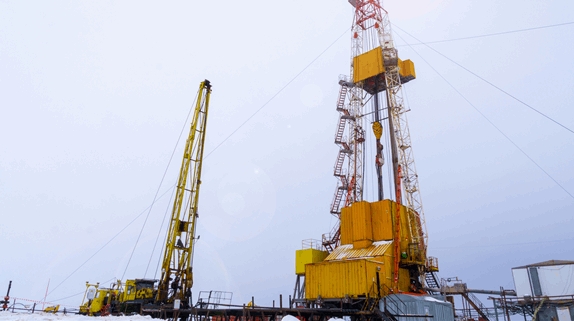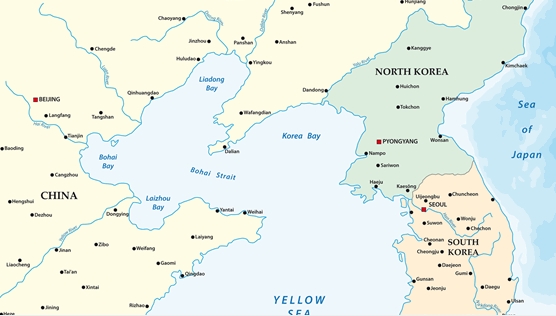One such group, Generation Atomic, argues that nuclear power doesn’t really have a waste problem. All 88,000 tons or so of waste produced by reactors in the U.S. could fit onto a single football field, stacked just 24 feet high, it says, with the waste produced by an individual’s lifetime energy consumption fitting in one soda can. Compare that to the 100 million tons of solid waste — about a 5-mile-high pile on a football field — that U.S. coal-fired power plants kick out each year.
These figures are accurate, but incomplete: They leave out several steps that precede the power generation phase, each of which produces sizable quantities of hazardous and radioactive waste. By omitting these, we risk ignoring the bulk of the nuclear industry’s human and environmental toll.
The following diagram quantifies the waste that is produced, from mining to power generation, from a year of power production — enough for about 2.44 million households — at a plant the size of Palo Verde Nuclear Generating Station in Arizona. It would take about 1.7 billion soda cans, or a football field stacked 580 feet high, to contain just one year’s waste.
NUCLEAR WASTE
Palo Verde Nuclear Generating Station generates about 31,000 gigawatt-hours of power each year. That requires about 86 tons of uranium oxide, enriched to 3-to-5% uranium-235. In order to produce that, you need to:

... AND THEN THERE’S COAL
In order for a coal-burning power plant to produce 31,000 gigawatt-hours per year, or the same amount of electricity generated by Palo Verde Nuclear Generating Station, you would need to:








